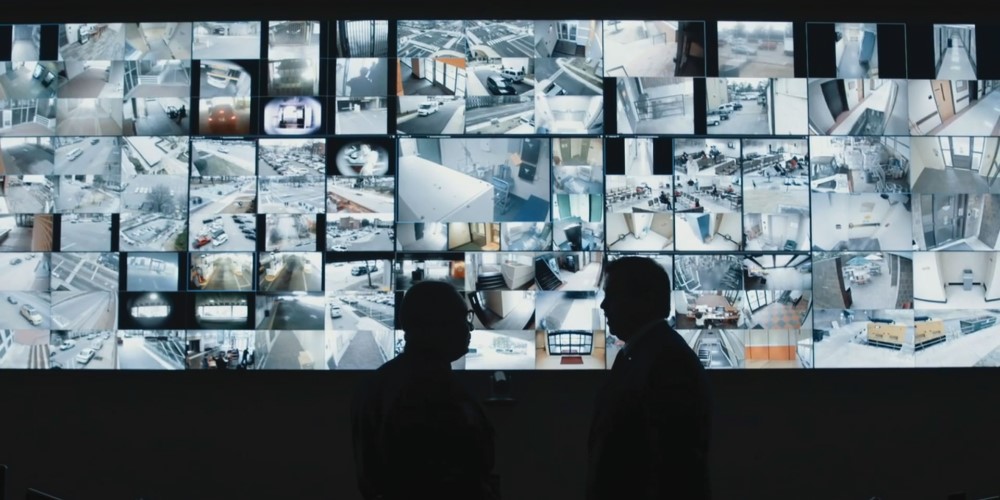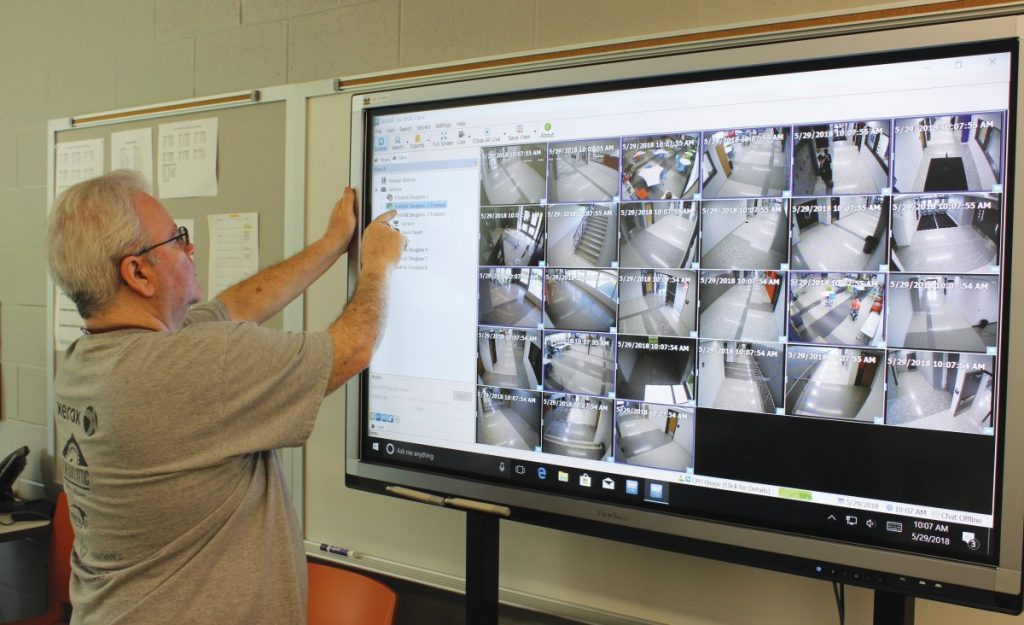Commercial Security End-Users Discuss Pain Points, Needs
SSI’s first Commercial Security End-User Forum gives decision makers chiefly in the K-12 education and hospital markets opportunity to tell systems integrators how to best address their critical security needs.

High-level end-user clientele can elude security dealers and integrators who’ve carved out a comfortable niche serving the small- to mid-sized market. In SSI’s inaugural Commercial Security End-User Forum, four commercial end users/decision makers lend their perspective on what it takes to meet the daunting security challenges that face complex verticals such as K-12 education and healthcare.
So integrators take note, because being able to empathize with the particular pain points of such end users often enables better and more comprehensive engagement. Knowing what they want can help you deliver what they need.
Weighing in are Chris Wynn, director of security for the Hemet United School District in California; Daniel Schmelzer, CHPA, director of security at Cardinal Health in Dublin, Ohio, and founder of Pegasus Security Coaching; Mark Reed, director of support services, Martin Luther King Jr. Community Hospital, Los Angeles; and Jeff Slotnick, CPP, PSP and president of Tacoma, Wash.-based Setracon, a security, training, and consulting services provider.
Participants, which SSI gathered in tandem with end-user-facing sister publications Campus Safety and MyTechDecisions, opine on topics ranging from the sophisticated technology solutions end users seek, the inherent challenges they face, the must-haves they require in an integration partner, and advice to integrators on how to successfully segue into a higher level clientele than their usual comfort zone.
In-Demand Technology Solutions
Referencing the industry shift over the past 10 years from analog to IP, Schmelzer believes the industry is once again undergoing a dramatic change. The focus now, he contends, is cyber-hardening those IP-based systems, noting that it’s top of mind for larger facilities today as those threats and vulnerabilities constantly change.
“It’s important to continue to develop ways to meet those evolving threats,” he says. “In addition to risk mitigation, clients today want to take advantage of IP technology to use it for ways to better support their business operations. Th e security cameras serve to protect assets but we’re looking to find analytical solutions to bring back value to the business.”
Analytics can provide information, for example, on how to improve space utilization to better manage building structures and layout, Schmelzer adds. It’s important to not only talk about risk but everything else you can do using security solutions.
“Cyber-hardening the infrastructure as a whole and learning about new tools available to help increase the value to the business are important, and asset protection is of course our No. 1 priority. But we’re looking at the analytics side as well,” says Schmelzer, who literally wrote the book on what security providers can do to gain end users’ trust (see next page).
Reed points to the network management system (NMS) and access system as the backbone of any security system, and adds that the VMS at his hospital is spread out. He concurs that analytics is worth end users’ time to explore, citing facial recognition capabilities as important in a hospital setting. Leveraging that technology to remember a face, rather than relying on staff to do so.
When asked what he views to be the most important requested security measures and technologies today, Slotnick agrees it’s beneficial to mesh legacy and new systems to glean as much information as possible for full situational awareness.
“This is especially important in a large enterprise with multiple sites and systems to get them onto a common platform in order to collate that information so it’s actionable and useable,” he says. Mass communications and emergency notifications has become a critical technology, as it’s essential to be able to send intelligible messages, especially on distributed campuses, Slotnick adds.
From his school district’s perspective, Wynn says the most crucial components of his security solution are cameras and electronic access control with lockdown capability. Given the rise of school shootings across the country, these fall in the must-haves category in the education sector.

School districts offer challenges to integrators with infrastructure needs that can support hundreds or thousands of video feeds, emergency communications, access control and other systems that are spread across many buildings.
Integration, Coverage Challenges Loom Large
Some obstacles to a successful solution highlighted by Setracon’s Slotnick include integrating existing security systems onto a single operating platform in a way that will provide the end user with the relevant and time-sensitive information they need.
He points out that building automation systems are highly integrated and communicate well with each other to produce analytics and provide high levels of in-formation. “But we’ve been reticent to do that in the physical security space and it’s a challenge for end users today,” he says.
Wynn says that where it comes to access control, many school districts have a wide variety of openings to cover. Hardware typically must be retrofit, and a lot of the products may only fit on some of the doors across all of the district’s buildings. This can be costly and require multiple vendor solutions. Another challenge, he says, is having an IT infrastructure capable of supporting all the security measures in place — for instance, he has over 1,200 video feeds running within the schools. The healthcare sector has some distinct challenges.
“The thing that would keep me up at night would be infant security,” MLK Jr. Community Hospital’s Reed says. “The way we’ve secured the hospital, I don’t lose sleep because we have a good team and a good system.”
Workplace violence is another issue at the forefront of healthcare security, he points out. “We’re asking integrators what products are out there. Our staff is at risk, and the state of California recently passed the Health Care Workplace Violence Prevention Act. It’s getting a lot of traction and play, and we’re trying to do what we can here on the ground.”
Some technologies specific to this Reed refers to are analytics, gunshot detection, and aggression detection. He and his team have been researching options and working with their integrator to understand what’s available. Reed stresses how important it is for an integrator partner to understand not only the user’s needs but also their budgets, particularly in K-12 education and healthcare markets.
“They can bring in a million-dollar solution but the budget likely won’t be there to support it. Understanding what you need and can afford helps you identify that solution,” he says.
Keep reading for advice on integration partners, suggestions for entering these verticals and more…
If you enjoyed this article and want to receive more valuable industry content like this, click here to sign up for our FREE digital newsletters!

Security Is Our Business, Too
For professionals who recommend, buy and install all types of electronic security equipment, a free subscription to Commercial Integrator + Security Sales & Integration is like having a consultant on call. You’ll find an ideal balance of technology and business coverage, with installation tips and techniques for products and updates on how to add to your bottom line.
A FREE subscription to the top resource for security and integration industry will prove to be invaluable.







